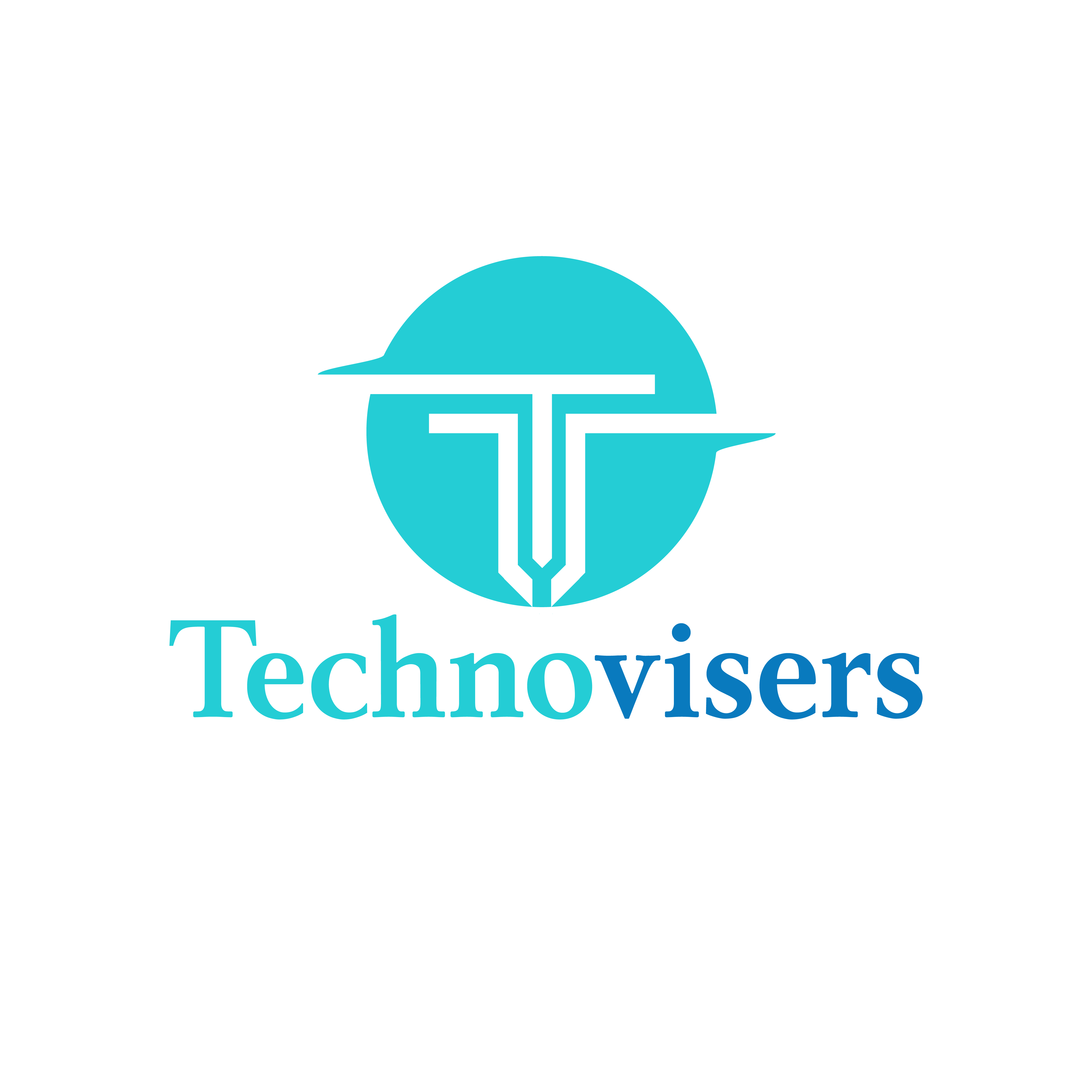Mastering Laravel: Building Robust Web Applications
Introduction: In the dynamic world of web development, Laravel has emerged as a powerhouse, offering developers an elegant and expressive framework to craft robust web applications. This blog post is a guide to mastering Laravel, from the basics to advanced features, empowering you to build scalable and maintainable web solutions.
Section 1: Getting Started with Laravel: Getting hands-on with Laravel begins with installation. Use Composer, the PHP dependency manager, to set up Laravel effortlessly. Dive into Laravel’s directory structure, understanding the purpose of each folder. Explore the Laravel ecosystem, with a spotlight on Laravel Mix for seamless asset compilation.
Section 2: Laravel Fundamentals: Subsection 2.1: Routing and Controllers Laravel’s routing system is expressive and powerful. Learn how to define routes and tie them to controllers to handle HTTP requests efficiently. Understand RESTful routing principles for building clean and structured APIs.
Subsection 2.2: Blade Templating Engine Unlock the potential of Blade, Laravel’s templating engine. Craft dynamic views with Blade’s concise syntax and leverage directives for control structures and template inheritance. Discover the power of Blade components for reusable and maintainable templates.
Subsection 2.3: Eloquent ORM (Object-Relational Mapping) Eloquent, Laravel’s ORM, simplifies database interactions. Dive into creating eloquent models, defining relationships between models, and executing CRUD operations with ease. Understand the power of Eloquent in managing database migrations and seeding.
Section 3: Advanced Laravel Features: Subsection 3.1: Middleware and Authentication Explore Laravel’s middleware for filtering HTTP requests. Implement authentication and authorization effortlessly with Laravel’s built-in features. Understand how middleware can enhance security and streamline application logic.
Subsection 3.2: Laravel Artisan Console Unleash the power of Artisan, Laravel’s command-line interface. Learn how to create custom Artisan commands, automate repetitive tasks, and enhance your development workflow. Master Artisan for efficient project management.
Subsection 3.3: Laravel’s Testing Capabilities Quality assurance is paramount. Delve into Laravel’s testing capabilities using PHPUnit. Write and run tests for your application, ensuring it remains robust and reliable. Understand the importance of test-driven development (TDD) in Laravel projects.
Section 4: Building a Laravel Web Application: Subsection 4.1: Project Setup and Database Configuration Embark on building a Laravel web application. Set up a new project, configure the database connection, and utilize migrations for seamless database management. Lay the foundation for your application’s data structure.
Subsection 4.2: Building CRUD Functionality Construct the core of your application by implementing CRUD operations. Create routes, controllers, and views that seamlessly interact with the database using Eloquent. Understand the principles of RESTful design for efficient resource management.
Subsection 4.3: Frontend Development with Laravel Mix Elevate your frontend game with Laravel Mix. Integrate and compile CSS and JavaScript assets effortlessly. Implement a responsive and visually appealing frontend using Laravel Mix’s streamlined asset compilation process.
Section 5: Deployment and Optimization: Subsection 5.1: Deployment Strategies Explore various deployment strategies for Laravel applications. Whether using Laravel Forge for simplified server management or deploying on platforms like Heroku, understand the nuances of deploying your application to the world.
Subsection 5.2: Performance Optimization Optimize your Laravel application for performance. Explore caching strategies to minimize response times. Implement database optimization techniques to ensure your application scales gracefully as user traffic grows.
Conclusion: In this comprehensive journey through Laravel, we’ve covered the fundamentals and advanced features, equipping you to build sophisticated web applications. Laravel’s elegant syntax, coupled with its powerful features, makes it an ideal choice for developers aiming to create scalable and maintainable solutions.

